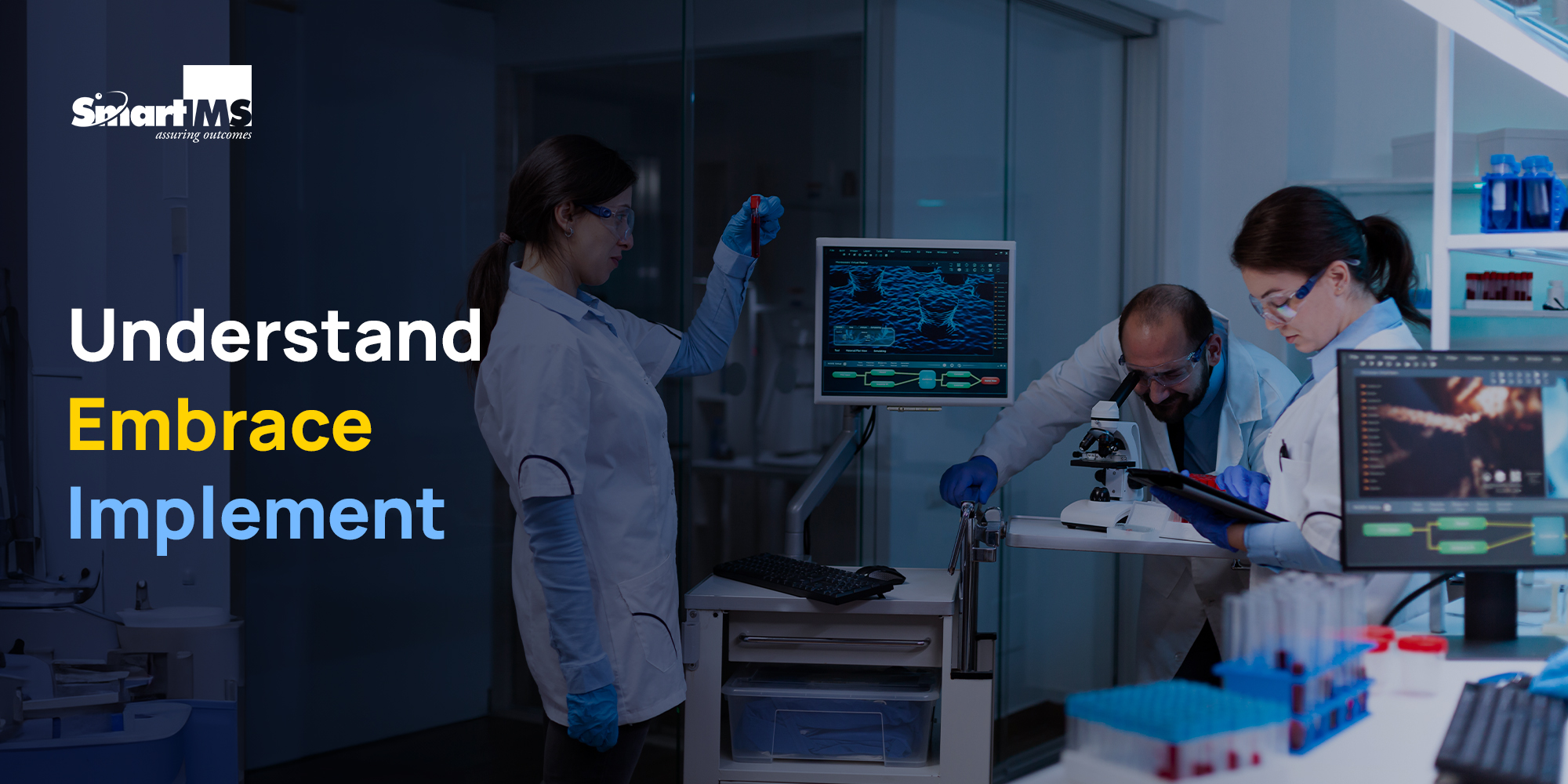Wait, What again!?
In simple terms, Clinical data extraction and curation in the context of life sciences involve the systematic process of gathering, organizing, and analyzing data from various sources such as medical records, clinical trials, and research studies. The various applicable business segments range from Payers, Providers, Research Institutions, Pharmaceuticals, Government to IT Organizations. This process aims to extract relevant information regarding patient demographics, medical history, treatments, outcomes, and other variables of interest. The curated data is then standardized, structured, and annotated to ensure accuracy and consistency, enabling further analysis and interpretation for various purposes such as Clinical Trials, Research Studies, Risk Adjustment, HEDIS (Healthcare Effectiveness Data and Information Set), Payment Integrity, Government/Organizational Audits, drug development and healthcare decision-making.
Well, What’s the challenge here!?
- Interoperability Barriers: The lack of system compatibility hampers seamless data exchange. Standards like HL7 FHIR target this issue, but widespread adoption is needed for significant change.
- Data Heterogeneity: Clinical data’s diverse formats and structures pose integration challenges. Differences in coding systems, terminology, and standards across healthcare systems worsen this issue.
- Data Quality and Completeness: Ensuring accurate, complete, and consistent clinical data is crucial for reliable insights. Yet, missing data, entry errors, and inconsistent documentation can compromise data quality.
- Resource Intensiveness: Extracting clinical data demands substantial human and computational resources. Limited resources and budget constraints, particularly in smaller organizations, can hinder these efforts.
- Time Consuming Process: Harnessing scientific and operationally valuable Clinical Data from Medical Records is a complex, arduous, and time-consuming process.
- Privacy and Security Concerns: Protecting the sensitive nature of clinical data, while ensuring compliance with the Health Insurance Portability and Accountability Act (HIPAA) and the General Data Protection Regulation (GDPR), poses logistical and technical challenges.
Hold on! Does it have any significance?
Accurate and reliable data are crucial in the life sciences industry for several reasons:
- Evidence-Based Decision Making: Healthcare providers, researchers, and policymakers rely on robust clinical data to make informed decisions regarding patient care, treatment strategies, and healthcare policies.
- Drug Discovery and Development: Pharmaceutical companies leverage curated clinical data to identify potential drug targets, assess drug safety and efficacy, and optimize clinical trial design.
- Disease Understanding and Epidemiology: Curated clinical data provide insights into disease prevalence, progression, and risk factors, enabling a better understanding of disease mechanisms and epidemiological trends.
- Regulatory Compliance: Regulatory agencies like the FDA(Food and Drug Administration) and EMA(European Medicines Agency) demand thorough clinical data to assess new drugs and devices for approval and post-market monitoring.
- Patient-Centric Care: By analyzing curated clinical data, healthcare providers can tailor treatment plans and interventions to individual patient needs, improving clinical outcomes and patient satisfaction.
Wonderful, but what are the best practices?
With the existing alternatives from different vendors available in market such as manual retrieval of data by in person, by fax etc., only less than 10% of records accessed are CCDA(Consolidated Clinical Document Architecture) /FHIR (Fast Healthcare Interoperability Resources). The cost associated with converting entire chart data using conventional NLP techniques is significant. As per our research, it takes approximately 5 to 6 months for a team of 10 individuals to abstract just 10,000 records using such alternatives, which doesn’t make sense in the rapidly changing landscape of Lifesciences industries.
Automating the medical record ingestion which involves direct extraction of data from documents or resources from various source systems, with curation supported by natural language processing (NLP) and machine learning (ML) techniques helps solve the major challenges around the extraction and curation practices. Eliminate the need for initial data entry and ensure real-time availability of information with minimal errors. Furthermore, design the approach to be compatible with manual processes, facilitating seamless integration into existing workflows. Focus on steps that not only reduce the significant amount of cost involved but also the time to go to market. As we always say, Time is money!



